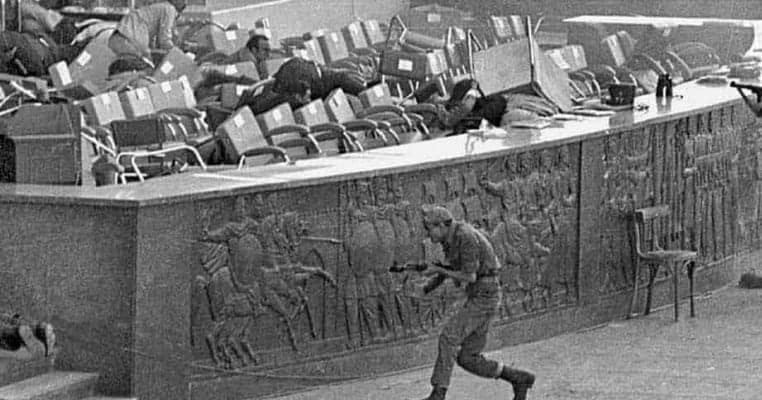Mankind is lucky to have survived the Cold War, during which the Soviet and American blocs armed themselves with tens of thousands of nukes – more than enough to wipe out our species many times over. It was a scary era, in which the main rivals challenged each other via proxy wars, but fortunately, never engaged each other directly in a flown blown armed confrontation. Still, there were plenty of close calls, and no shortage of fascinating vignettes. Following are twenty significant historical events from the Cold War.

20. Reagan and Gorbachev Agreed to End the Cold War if Aliens Attacked
Ronald Reagan was the Happy Cold Warrior. A staunch conservative and anticommunist, he went about with a sunny disposition and demeanor that did little to mask his implacable detestation of communism and opposition of the Soviet Union. His single minded focus on challenging what he termed “The Evil Empire”, and dragging the USSR into an arms buildup competition that its rickety economy could not sustain, contributed greatly to the eventual collapse of the Soviet Union.
However, there was one field where he was more than happy to cooperate with the Soviets. As Mikhail Gorbachev recounted, he was strolling around a garden with Reagan during the 1985 Geneva Summit, when the POTUS blurted out of the blue: “What would you do if the United States were suddenly attacked by someone from outer space? Would you help us?” Gorbachev replied that the Soviets would help us out against ET, which greatly pleased the American president – apparently, the threat of alien attack had been gnawing at Reagan, a lifelong sci-fi nerd, for years.

